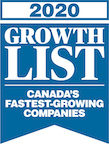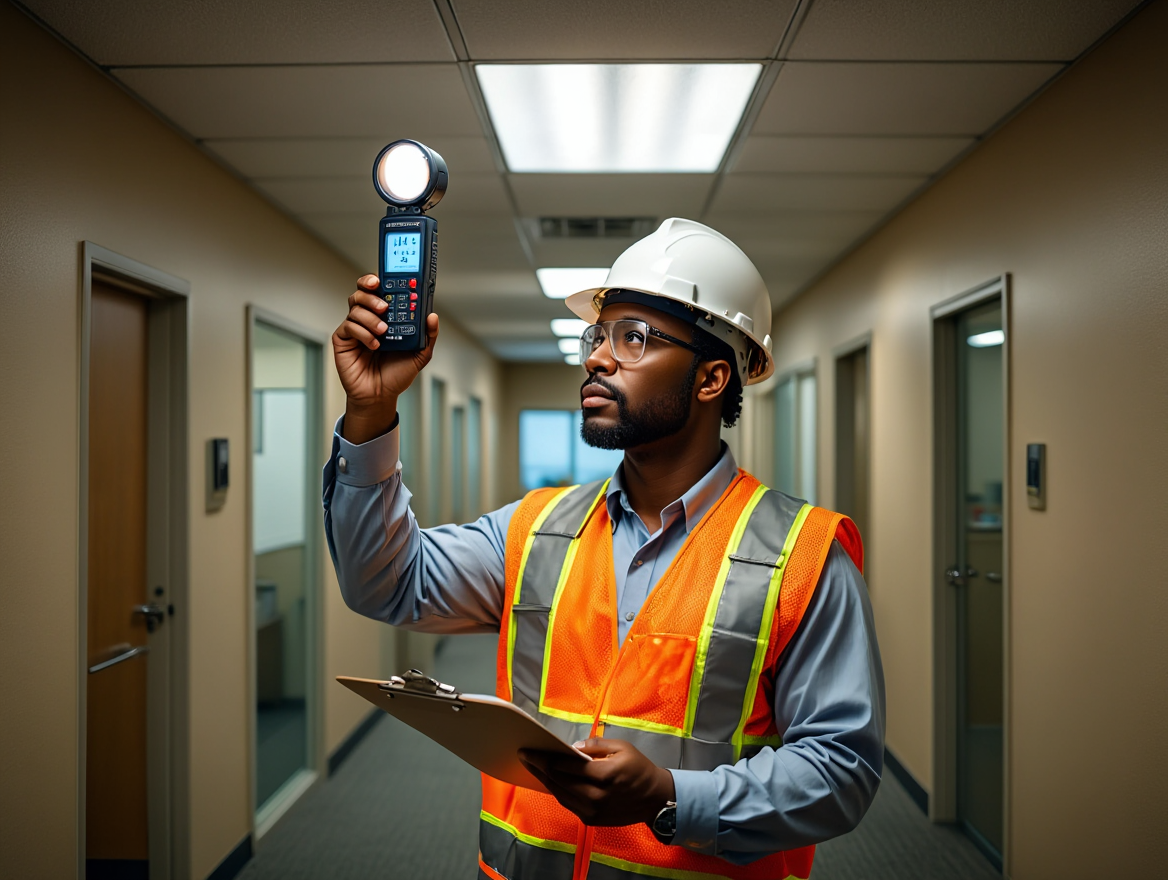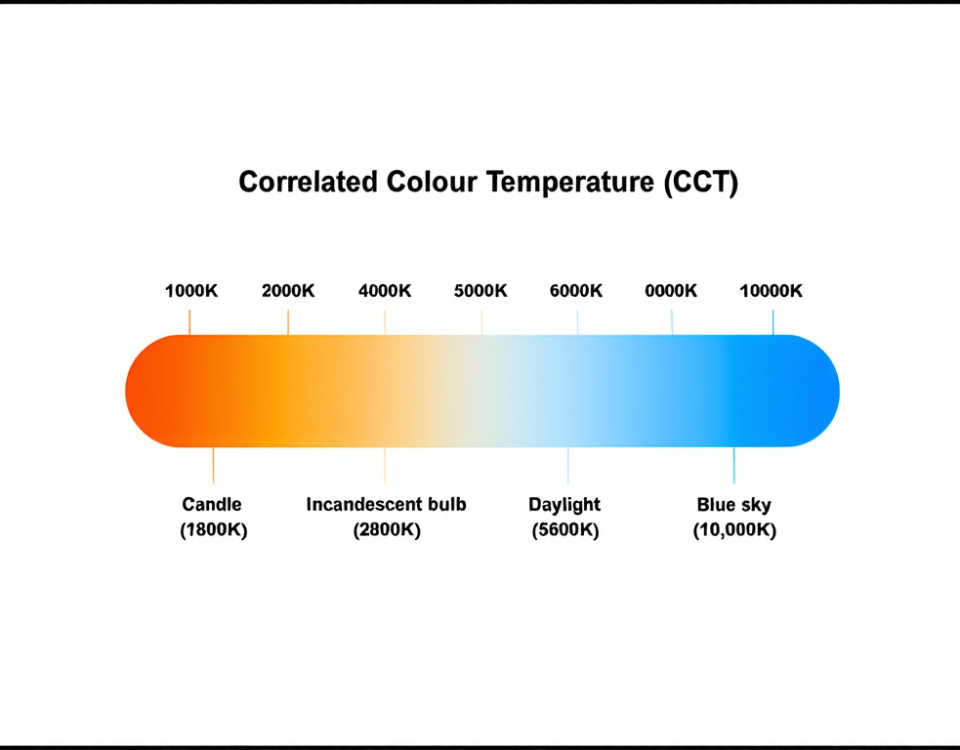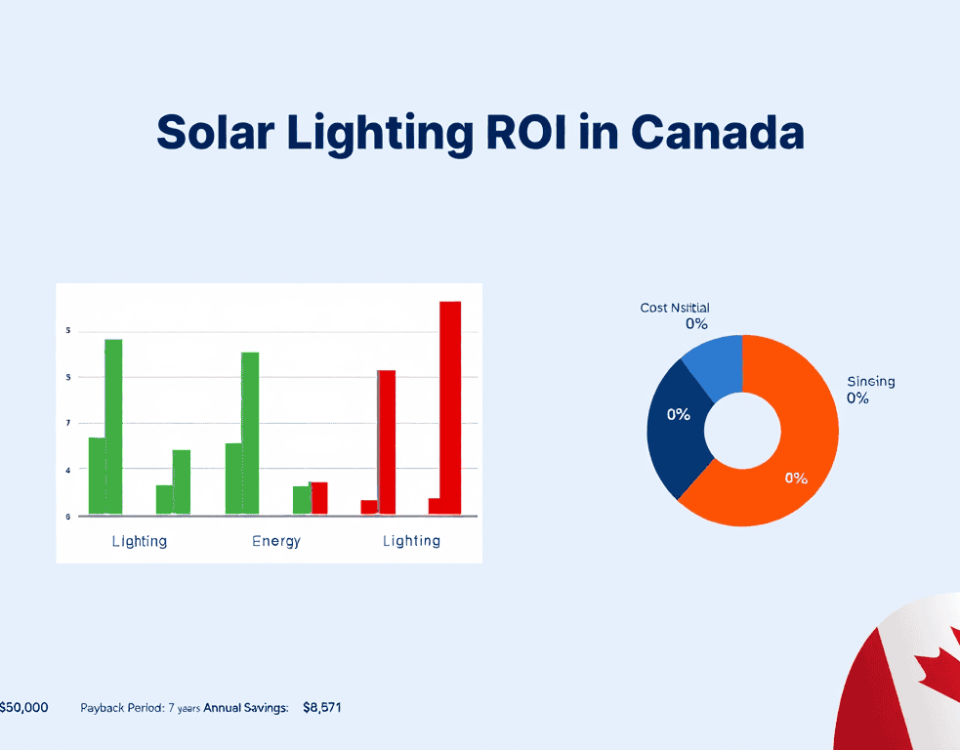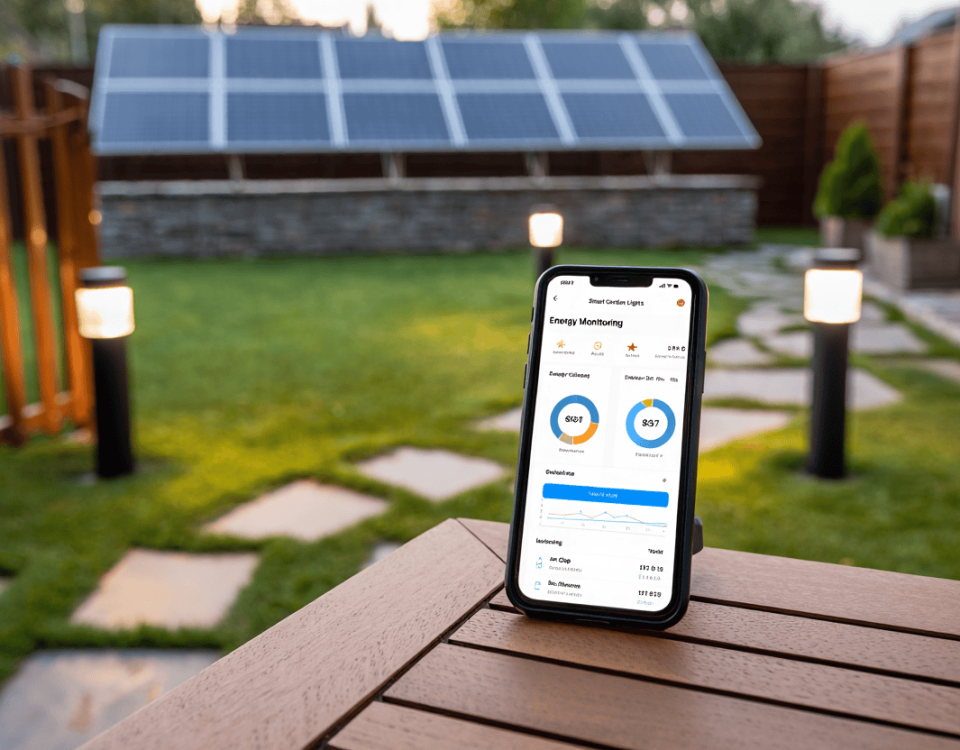How to Conduct a Lighting Audit: A Complete Guide
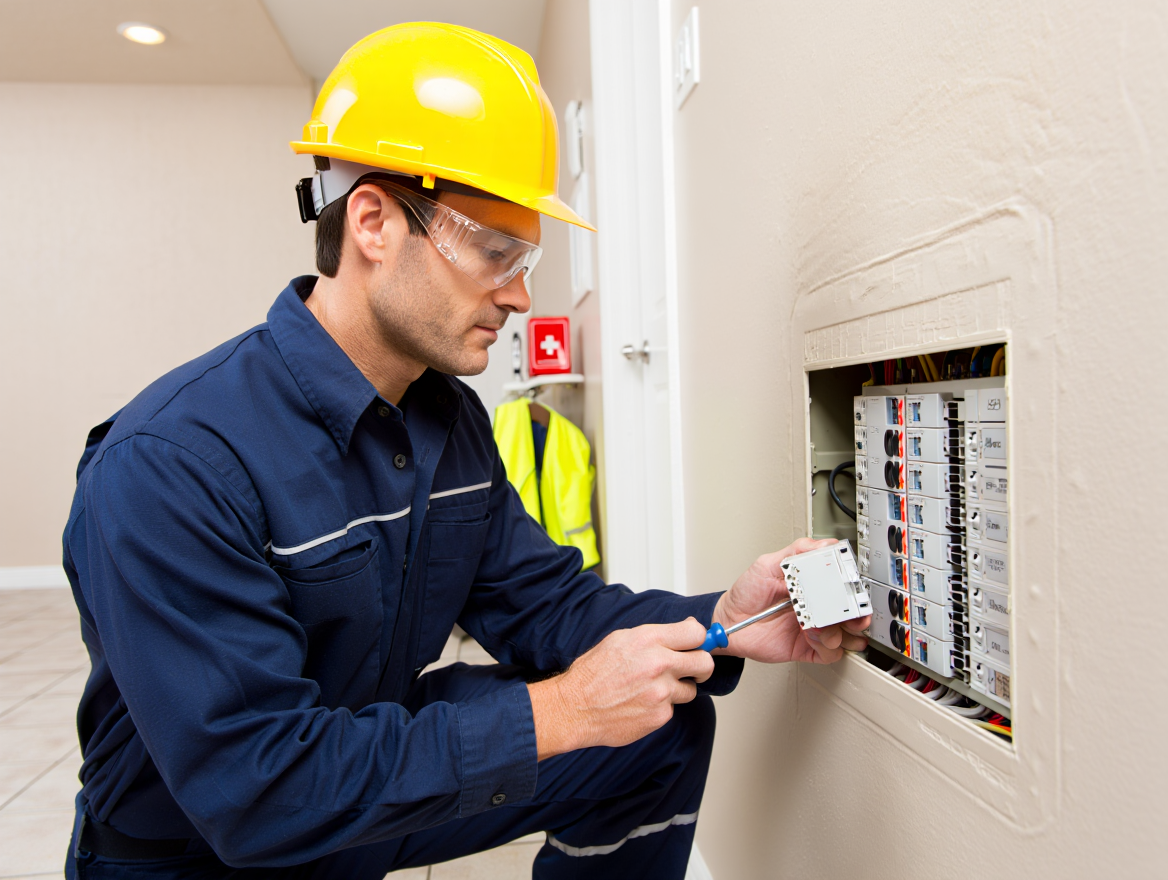
Why It Is Important to Hire a Certified Electrical Contractor
October 6, 2025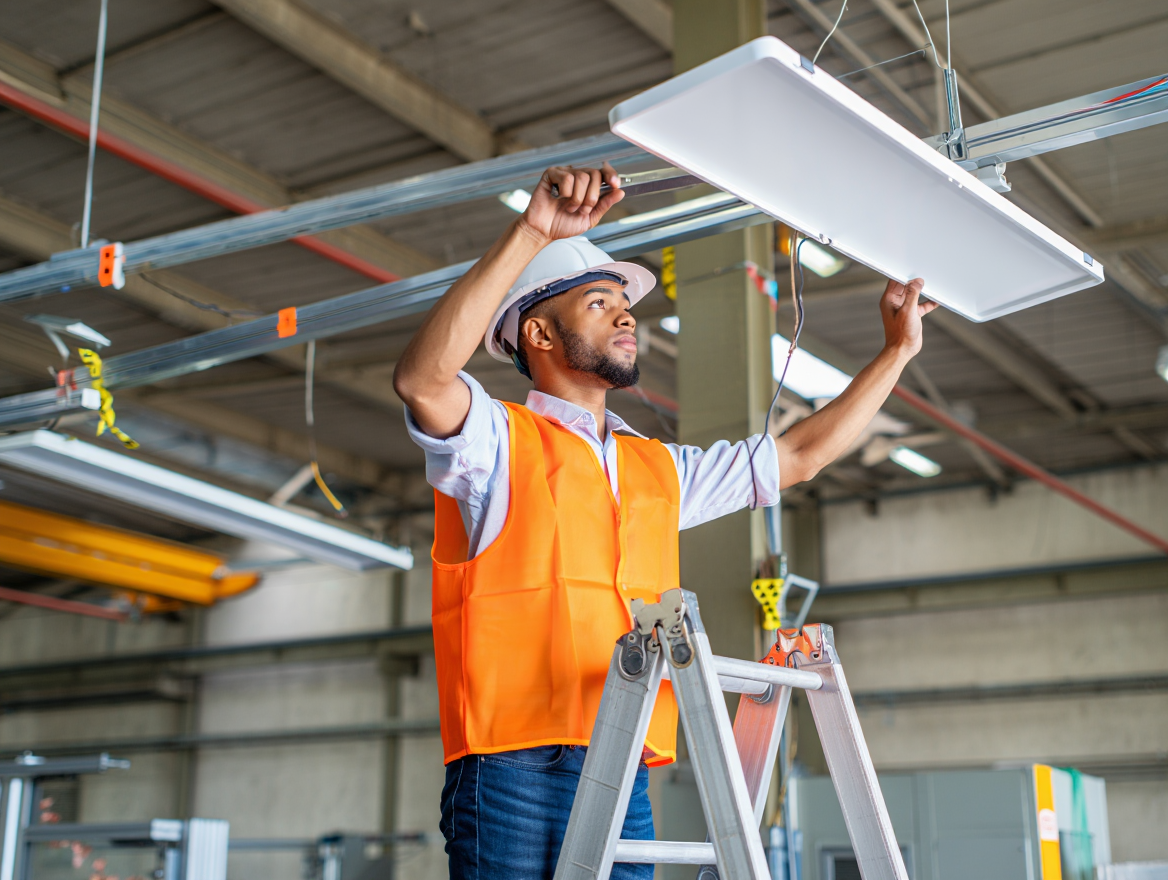
How LED Lighting Fixtures Transform Factory Workspaces and Reduce Downtime
October 28, 2025Lighting plays the most important function in facilities of every kind-needs to be made okay in offices and warehouses, and fine in schools and retail outlets. Many customers are still preoccupied with outdated systems of lighting, which waste energy, incur high maintenance costs, and provide insufficient illumination. The lighting audit would solve these issues by offering the exact evaluation of your lighting and ways of improving efficiency.
What is a Lighting Audit?
Systematic review and analysis of a building’s lighting system, consisting of fixtures, lamps, controls, energy-use issues, and qualities of illumination, is called a lighting audit, the purpose of which is to assess their performance and identify possible improvements.
A lighting audit basically answers some fundamental questions, which are:
- Which fixtures and bulbs are there?
- What is their total energy consumption?
- Is the light level enough for the intended purpose?
What areas are suitable for a reduction in energy or maintenance costs?
Why Conduct a Lighting Audit?
Certainly, there are some major advantages in conducting lighting audit and analysis services:
- Energy and Cost Savings – Lighting accounts for 20-40% of the power used in buildings. You achieve huge savings by retrofitting the most inefficient fixtures or oldest lamps with LED, better controls, and scheduling.
- Lighting Improvements – An audit will guarantee that every area is well-lit according to the recommended levels, which will eliminate glare, shadows, and visual fatigue.
- Sustainability and Carbon Reduction – By way of such optimization, lighting is minimized in energy use, and therefore everlasting efforts are shaped towards sustainability in lowering the carbon footprint.
- Compliance and Main Incentives – In many places, one has to perform lighting audits to make energy-efficiency rebates applicable or comply with local building codes.
Ready to unlock these savings right now?
Get Your FREE Lighting Audit Consultation
Step-by-Step Process: How to Conduct a Lighting Audit
Step 1: Defining Objectives
Are you aiming to cut costs on energy, to light better, or to hit some set sustainability goals? The objectives, through being clear, define your scope for audit and allow for appropriate data collection.
Get to know about important information like:
- The layout of the building and the floor plan
- Working hours for the building
- Existing records for lighting maintenance
- Records of energy consumption from the past
Step 2: Assemble the Right Tools
In order to conduct a successful lighting audit, it is necessary to have certain illuminating measuring equipment available for precise data recording:
- A camera or smartphone to record fixture types and conditions.
- Laser or tape measure to record ceiling heights and fixtures mounting positions.
- Audit forms or spreadsheets to systematically record all of the data.
- PPE (personal protective equipment) for your safety on site.
Step 3: Conduct a Site Walkthrough
The lighting audit is a shot at a solution. Walk through each space in the buildings: offices, corridors, meeting rooms, washrooms, and exterior areas- throughout the listing of every single light fixture across the shop and along with numbers and quantities.
Step 4: Create a Lighting Audit Checklist
A lighting audit checklist helps you not to miss important elements being evaluated. Here is a complete sample:
- Lighting Audit Checklist
- Building Information
- Facility Name and Address
- Type of space (office, warehouse, retail, etc.)
- Fixture Details
- Fixture Type (e.g. fluorescent troffer, LED panel, high bay)
- Lamp Type and Wattage
- Ballast Type (if applicable)
- Quantity of Fixtures
- Condition of Fixture (new, old, damaged, dusty)
- Lighting Controls
- Manual switch
- Occupancy/Motion sensors
- Daylight sensors or dimming controls
- Timers or a scheduling system
- Light Measurements
- Recommended standard for that space
- Areas dimmed more or less than required
- Usage & Maintenance
- Hours of use per day
- Burn-out frequency or maintenance recording
- Any complaints or feedback received
- Any upgrade opportunities for LED or controls
- Energy & Cost Data
- Total wattage per room.
- Potential for daylight integration
- Safety or compliance issues
- Suggestions for improvement
Don’t reinvent the wheel—use our proven template.
Download the Complete, Editable Lighting Audit Checklist (PDF)
Step 5: Analyze the Data
This step goes hand in hand with analysis, inefficiencies, and opportunities being looked at after all data have been gathered.
Energy consumption can be calculated in a very simple way:
- Energy in kWh/year = Watts per fixture × Number of fixtures × Hours of operation/1000.
- Multiply this energy by the present value of electricity, and the annual lighting load paid will be known.
You compare current illumination levels to IES standards to identify over-lit and under-lit areas.
Inspect for:
- Old lamps (fluorescent, HID, halogen)
- Any area without occupancy sensors
- Too many hot areas that need dimmer control
- The lights turned ON, unnecessarily
This way, analysis will be optimized, and upgrade interventions can be zeroed in on that would give the greatest ROI.
Step 6: Recommend Energy-Efficient Solutions
Form a list of recommendations for improvement based on your findings. Some usual recommendations include:
- LED Upgrades: Upgrade to LED lighting from fluorescent or halogen ones. Certainly, the LED uses 50-70 percent less electricity, with longer life spans.
- Smart Controls Installation: Light in the open is equipped with motion sensors, daylight harvesting, and dimmers to save energy when the space is unoccupied or when there is already light.
- Re-layout of Lighting Zones: Based on optimizing zones, group fixtures that change occupancy or usage patterns.
- Maintenance and Cleaning: A filthy lens dust passing a light output would obtain less than half the brightness value. Cleaning of lenses from time to time ensures minimum loss of illumination without the consumption of energy.
Step 7: Prepare the Lighting Audit Report
A professional lighting audit report has to include the following items:
- The executive summary (key findings and savings potential)
- Detailed inventory and data tables
- Baseline energy consumption and cost
- Recommended upgrades and their estimated benefits
Undoubtedly, the report is basically a blueprint for the lighting improvement program.
Conclusion
This lighting audit is perhaps one of the greatest energy conservation measures undertaken by the institute in the effort to reduce operating costs and improve illumination quality. Now, with the knowledge of what entails a lighting audit, using a structured checklist for a lighting audit, and calling upon experts when needed to carry out the lighting inspection, will aid you in working toward a sustainable lighting plan that side with you from a budget standpoint and from an environmental perspective.
In any case, a good audit will facilitate better energy application in brightening a few days ahead into a commercial office, an industrial plant, or retail stores.
Want guaranteed results without doing the work yourself?


